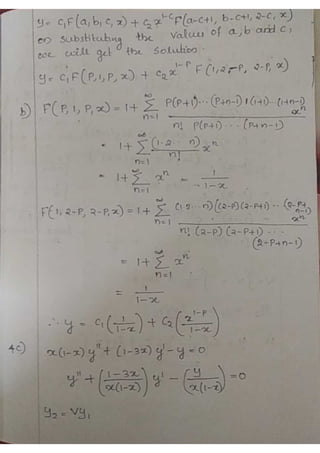

By considering a mathematical pendulum model, a Störmer-Verlet scheme is first constructed in a Hamiltonian framework. Even in the known structure-preserving methods such as the symplectic method, the inherent conservation law in the frequency domain is hardly conserved. The structure-preserving property, in both the time domain and the frequency domain, is an important index for evaluating validity of a numerical method. Intensive studies on the three-dimensional boundary-layer receptivity will benefit the development of the hydrodynamic stability theory, and provide a theoretical basis for prediction and control of laminar-turbulent transition. Differences of the three-dimensional boundary-layer receptivity are then discussed by considering the non-parallel effect, influence of the leading-edge stagnation point of the flat plate, and variation of the back-swept angle separately. If so, effects of the level and the direction of free-stream turbulence on the three-dimensional boundary-layer receptivity are further studied. On these bases, whether unsteady cross-flow vortices can be excited in the three-dimensional boundary layer (the infinite back-swept flat-plate boundary layer) by free-stream turbulence is studied numerically. A modified fourth-order Runge-Kutta scheme is used for time marching, and compact finite difference schemes are used for space discretization. In this paper, a freestream turbulence model is established. Study of its receptivity is important both in theory and applications. An infinite back-swept flat-plate boundary layer is a typical three-dimensional flow.

Most actual laminar-turbulent transitions belong to three-dimensional flows. Boundary-layer receptivity is always a hot issue in laminar-turbulent transition.


 0 kommentar(er)
0 kommentar(er)
